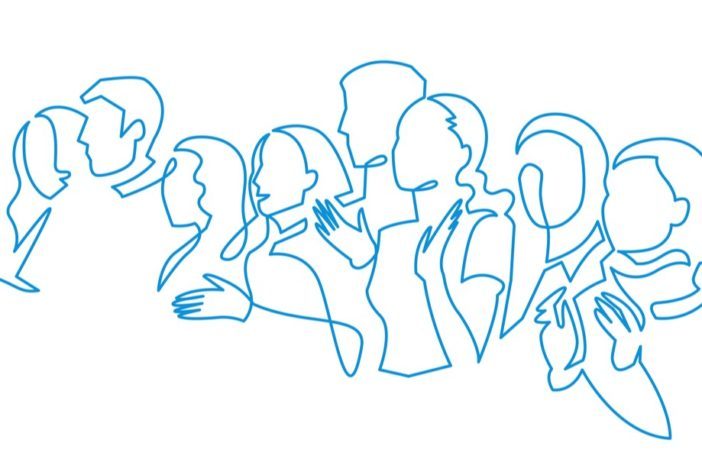A new hairstyle can make all the difference they say, and newly published psychology research shows that our hair could make even more of an impact than we realise.
A study among nearly 400 people in the UK and China found they struggled to match faces in pictures if they were from a different race to themselves when they could not see external features like hair.
The findings suggest that Caucasian hair might be used as an important cue for unfamiliar face matching tasks.
Dr Catriona Havard, who authored the research, says it suggests that when matching faces, more attention should be paid to the internal features of a person’s face.

“Matching faces can be difficult and error prone,” says Dr Catriona Havard
Unfamiliar face matching, that is, deciding if two different images of a face are the same person or different, is important for a variety of identification tasks, such as at passport control, or when buying alcohol or other restricted items needing photographic identification.
Dr Catriona Havard, senior lecturer in psychology had her paper “The Importance of Internal and External Features in Matching Own and Other Race Faces”, recently published in the journal Perception. She said:
“Although matching two faces may seem like a straightforward task, a wealth of psychological research has shown that, even from high-quality images, it can be difficult and error prone. And these are tasks which are often done by humans, in ID parades for example or identifying someone at a passport control.
“It’s a bit of a myth that we’re really good at matching faces, when in fact this shows we’re not that good at all.”
In the study 388 participants took part, half in the UK and the other half in China, and all were split under gender lines.
Matching faces which are unfamiliar
A collection of images was presented to the participants. Half the images were Caucasian, and the half were Asian; some were whole faces; some had the external features masked (hair) and others had the internal features masked (eyes, nose, mouth).
When external features like hair were removed it often made it harder for participants to work out if a pair of faces were the same or two different people, especially when trying to match the faces of people from a different race to themselves. It suggests that external features are more useful in telling faces apart in these circumstances, Dr Havard said.
This was more prevalent with the Chinese participants when confronted with Caucasian faces with external features were removed, suggesting that Caucasian hair might be an important cue for unfamiliar face matching tasks. This may be because Caucasian hair by its nature varies in colour and texture and therefore gives a useful cue, said Dr Havard, although she said hair was still used as a cue by the Caucasian participants in the task.
The study concluded that removing external features exacerbated what is known as the own-race bias (ORB) for both groups, especially for Chinese participants matching Caucasian faces.
Dr Havard explained that existing research reveals that matching a face to a photo or deciding if two photos are the same person becomes even more error prone when the person making the decision is a different race to the faces they are trying to identify.
“This is called the own race bias (ORB), or cross race effect, a phenomenon whereby people are much better at identifying faces that are the same race as them, and much less accurate with faces that are of a different race to them,” she said.
“Real world implications”
The results demonstrated the importance of viewing whole faces when matching other-race faces.
Dr Havard said:
“This research has real world implications when it comes to tasks like matching someone to their passport or trying to identify those captured on CCTV to police custody suite images.
“This research demonstrates that when matching faces, more attention should be paid to the internal features of a person’s face that cannot easily be altered, than the external features such as hair that can be altered or covered up.
“It also demonstrates that we should have people from diverse ethnic backgrounds when face identification is crucial for a decision e.g. at passport control or police trying to match criminals to CCTV footage.”
Dr Havard’s paper adds to her existing body of research work concerning own race bias in eyewitness identification and further work concerning face recognition.
It forms part of the OU’s wider Forensic Cognition Research Group, which works to share the research knowledge with police practitioners through the Centre of Police Research and Learning as well as with other academics in psychology.
FIND OUT MORE
On our Research pages about Dr Havard’s research in this area.



